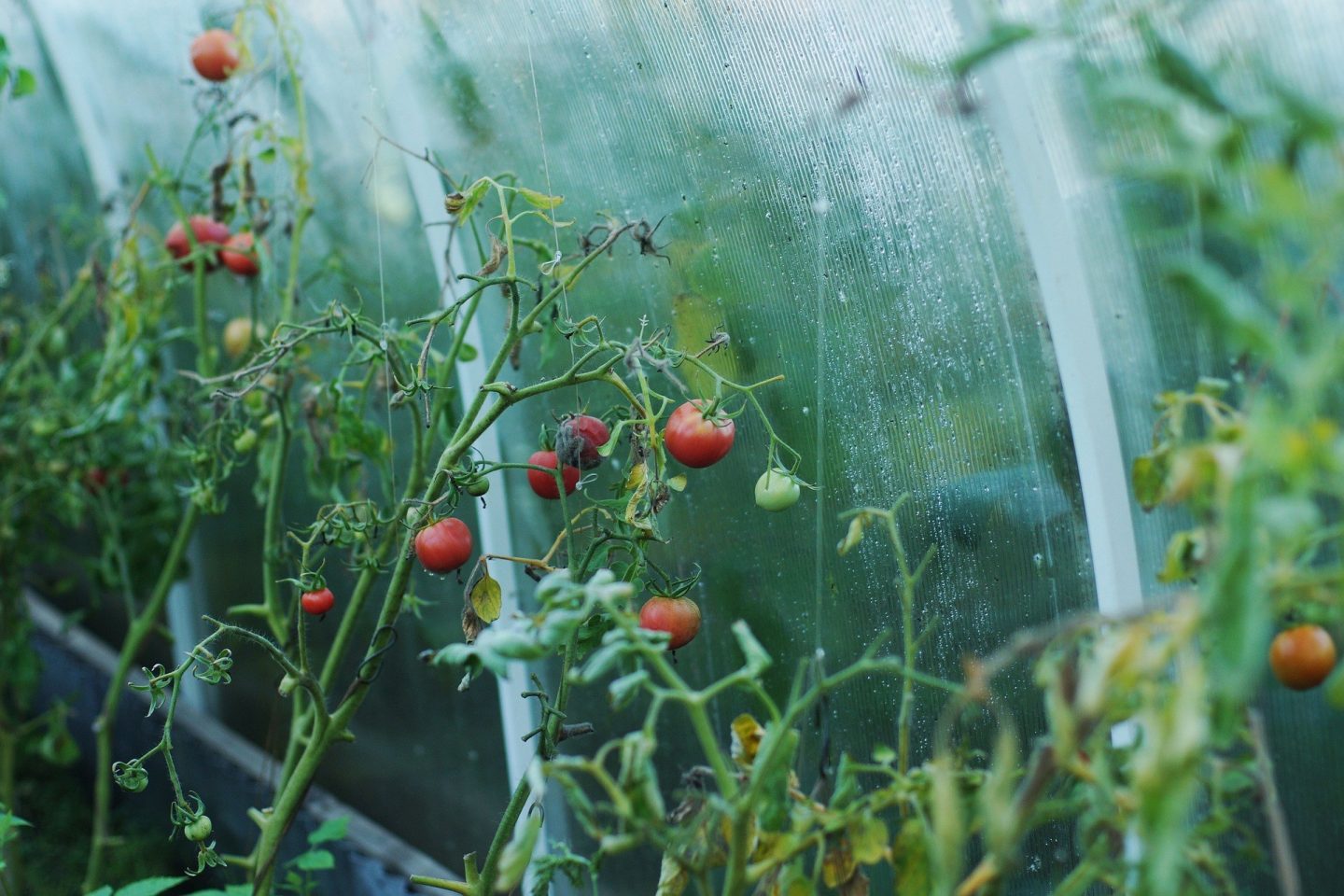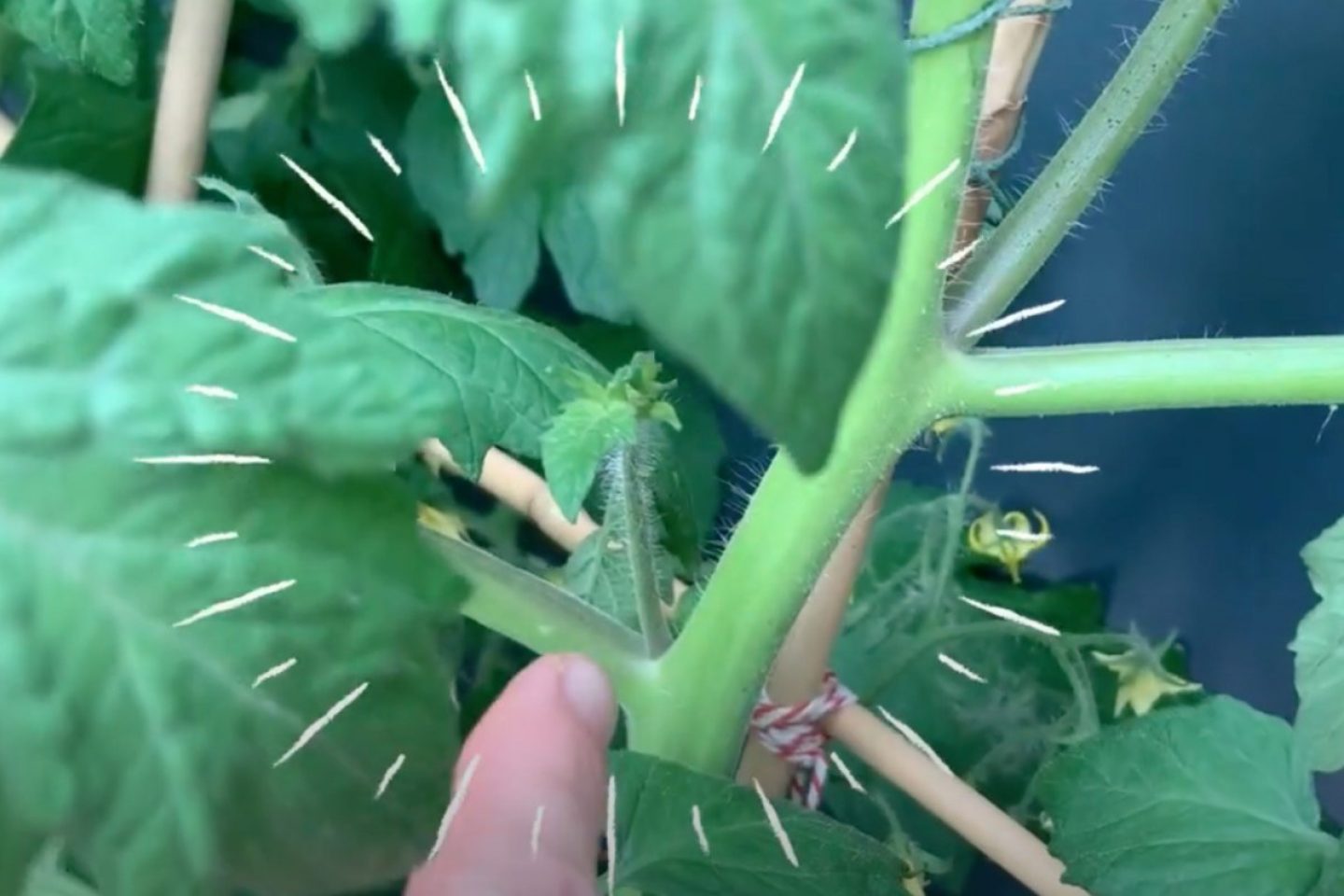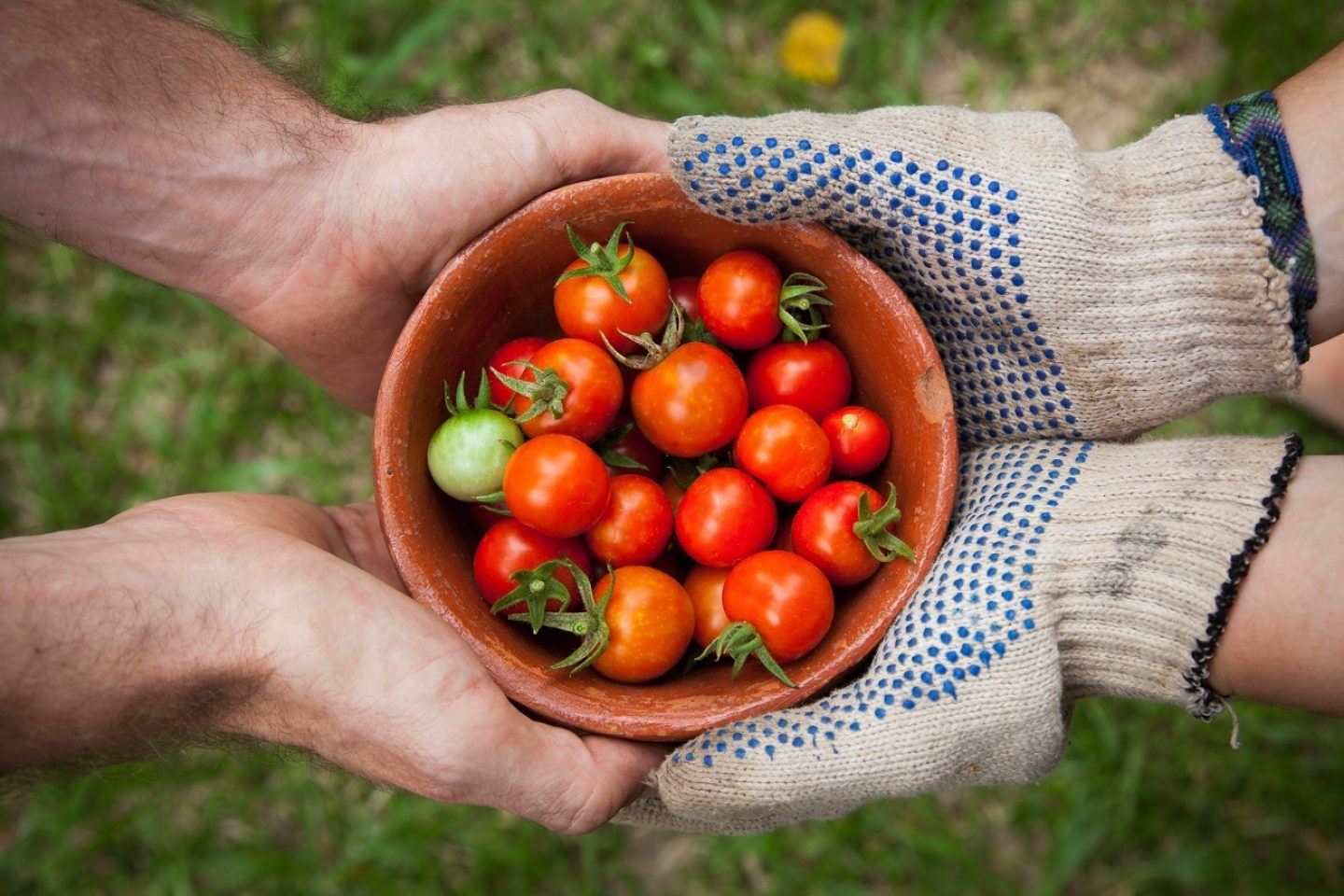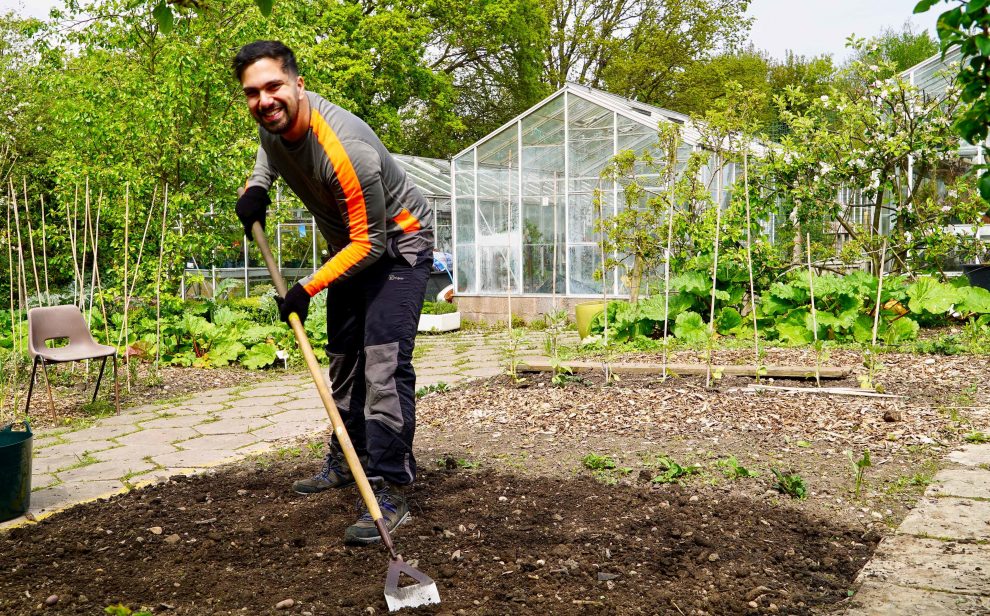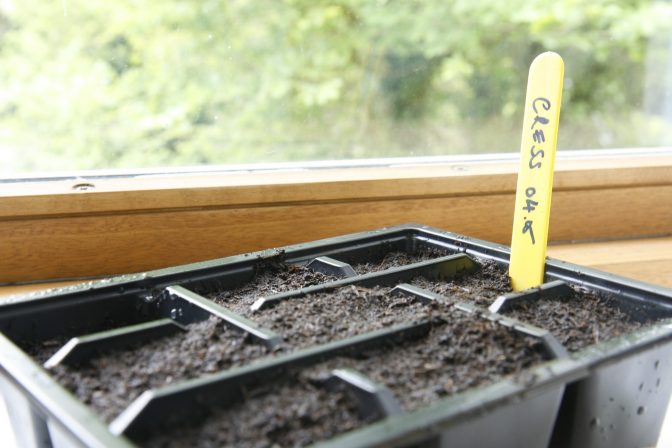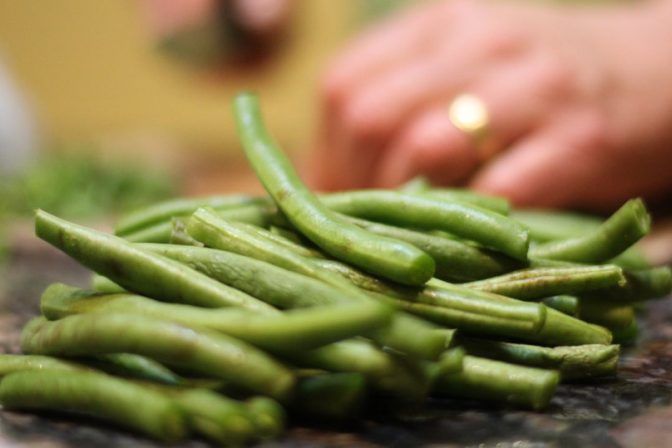Tomatoes are wonderful for almost any size garden or balcony. They are a bit fussy when it comes to where they will grow best.
Sunny sheltered spots
Most tomatoes like to grow where they will get full sun (meaning 6 hours of more of sun a day). Some tomatoes will grow with less sun than this. Seed packets / plants should give information about how much sun that variety needs.
Try and find somewhere that is sheltered from the wind, especially if you are growing tall cordon type tomatoes.
Outside vs under protection
Tomatoes need heat and sunshine to grow. If you have a greenhouse or polytunnel, tomatoes can thrive. Because they are warmer than outside, you can start growing your tomatoes earlier in the year too.
If you don’t have these, tomatoes can be grown outside. Wait until late spring, when there is no more risk of frost, to grow them outdoors.
If you are further south in the UK, or have a sunny sheltered garden, you may be able to start growing outside earlier.
Containers, raised beds and grow bags
You can grow tomatoes directly in the ground, in beds and borders.
Tomatoes will also grow happily in all manner of containers, raised beds and grow bags. Some varieties will even grow in hanging baskets!
Tomatoes do ideally need a good depth of soil to grow in, If you are using a container, try to use something large sized. Growbags can be an easy solution but sometimes and particularly in windy gardens, there isn’t enough depth of soil in them.



